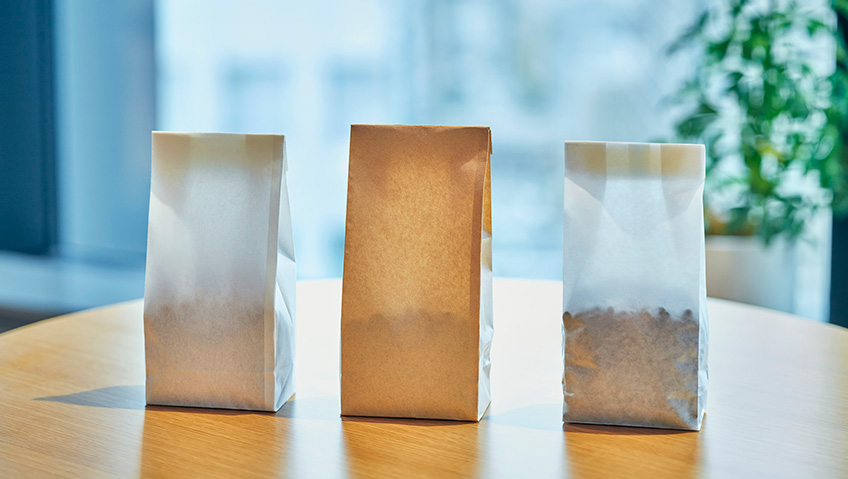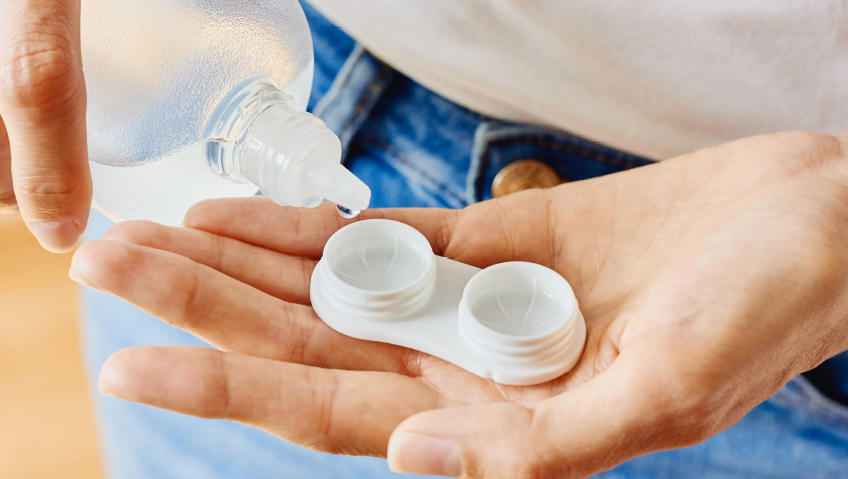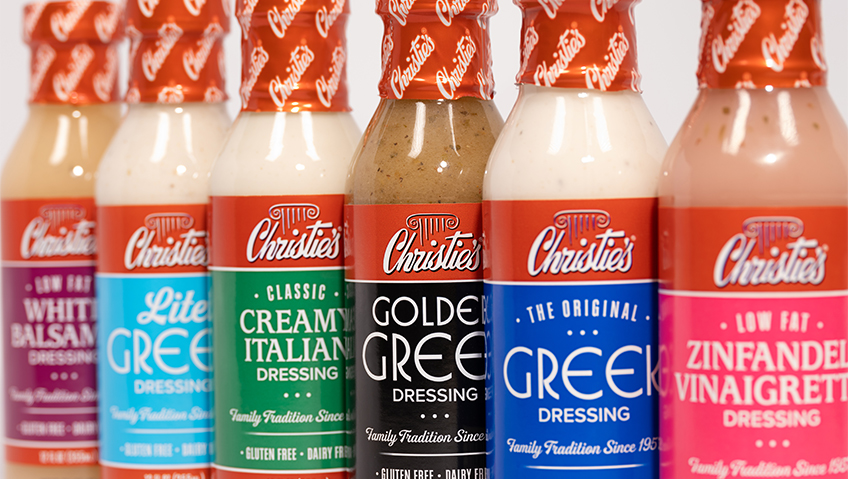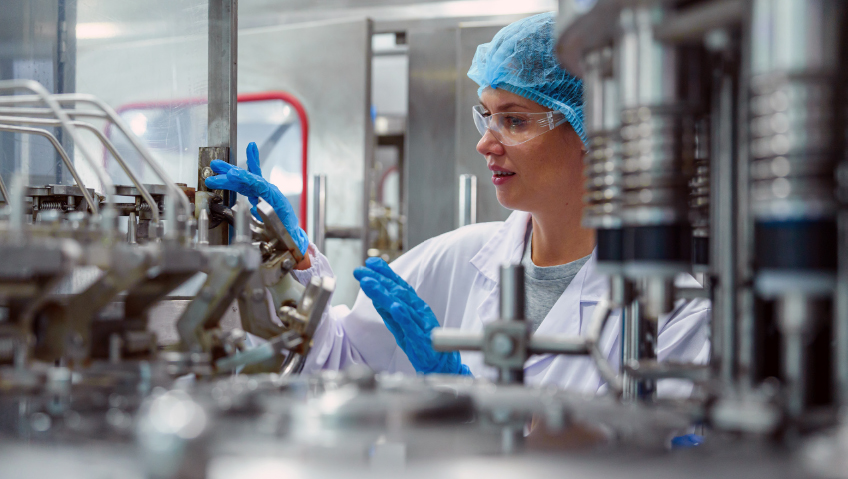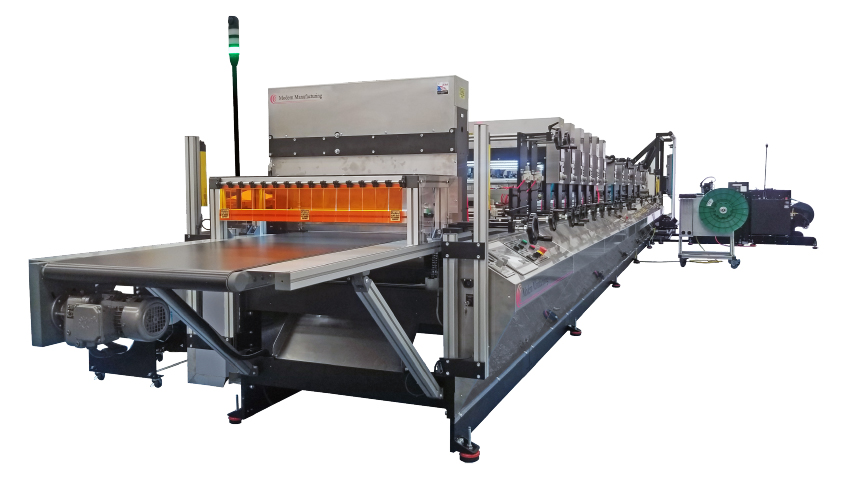After nearly a century in business, the Kuraray Group has grown into a global leader in special materials technology, fiber, resin, and film production. Its goal is to develop innovative, sustainable solutions and cleaner technologies that will improve the natural environment and enhance quality of life for people around the world. This includes innovative packaging. The goal is to help transform customers’ businesses and make a real impact within the markets they serve.
“We do it because we think it’s the right thing,” says Tom Black, Director of International Business for Kuraray’s PLANTIC division. “Our products are made, we believe, to do the right thing. And we think that sustainability aligns itself acutely with our product mix.”
Next-level sustainable packaging
Kuraray’s commitment to sustainable barrier packaging is rooted in the revolutionary PLANTIC™. The world’s most advanced bio-based plastic, PLANTIC™ is a plant-based biopolymer derived from starch and primarily used in the food space. Designed to prevent oxygen and other gases from flowing in or out, such impermeable structures keep flavor and aroma inside a package while keeping contaminants out. Its high gas barrier properties make it ideal for compostable and easy-to-recycle multilayer packaging. The technology extends shelf life, helping to reduce waste. Beyond food uses, PLANTIC-based barrier packaging can also protect other products susceptible to contamination, including lotions, shampoos, detergents and more.
“PLANTIC™ is a plant-based material derived from starch, so it has very, very low LCA/Life Cycle Assessment,” Black explains. “It’s a savings in terms of energy and CO2 emissions.”
This savings is a key factor in the material’s popularity. Black says PLANTIC, when used in multi-layer packaging, dramatically reduces the environmental impacts of conventional packaging materials while bringing reusability to materials once considered not recyclable.
“People gravitate to it due to it being plant-based and because of the LCA,” he says. “We supply customers with a report quarterly which tells them how many tons of CO2 they saved by switching from their incumbent material to a PLANTIC™ material.”
Black uses the example of a tray for packaging chocolates as an ideal use for PLANTIC™ materials. “When you’re done with it, you can put it in the sink and wash it down the drain. It’s a very elegant solution. It’s a great product in that context.” In addition, the technology offers good aroma resistance, “so that the coconut chocolate doesn’t taste like the strawberry chocolate next to it.”
But what about meat packaging, which involves high-humidity environments? The solution is to layer different materials. “If we put a lot of polyethylene terephthalate (a form of polyester) on one side, put the PLANTIC™ barrier in the middle, and put a polyethylene sealant layer on top, now I can make a tray that takes care of fresh red meat in an MAP tray design,” Black says. The concept works equally well for poultry, fish or even fresh pasta.
MAP, or modified atmosphere packaging, optimizes the gaseous atmosphere surrounding the food within the package to keep it fresh. “We end up extending the shelf life,” Black says. “A third of the world’s food that gets produced is wasted, so we help to reduce that food waste.”
PLANTIC™ EP is Kuraray’s new grade of PLANTIC™. Recognizing the need for brand owners to certify the sustainability of their packaging, Kuraray submitted the material to Western Michigan University (WMU) to verify its repulpability and recyclability. In October 2022, the pouch was certified as recyclable, laying the groundwork for sustainable barrier pouch and carton formats for brand owners and converters. “With PLANTIC™ EP, the market now has a high-barrier option that can be fully recoverable and recyclable in the U.S. paper stream,” the company shared in a release.
“Recognizing the recyclability certification from WMU is a big first step in securing a How2Recycle claim,” Black explains. “When developing packaging formats for brand owners, converters want to see that products have first been vetted by WMU. Its certification allows converters to apply for a pre-qualification letter from How2Recycle, effectively fast-tracking adoption of PLANTIC EP-based, high-barrier solutions.”
A century of innovation
Kuraray launched in Japan in 1926. The original goal was to commercialize synthetic rayon—a leading-edge technology of that day. Today, the company brings its innovative solutions to a diverse range of industries including paper and packaging, architecture, pharmaceutical, textiles, automotive, agriculture and healthcare.
The Kuraray Group operates multiple subsidiaries, employing more than 11,000 people in over 30 countries, and it boasts advanced research and production facilities around the world as well as a global supply network. Kuraray America, Inc. (KAI), which is headquartered in Houston, operates 14 facilities within the United States, including offices, research and development facilities and production facilities. KAI employs a total of 850 people throughout the nation.
The road ahead
With such a strong, proven track record and global presence, Kuraray is well positioned to continue leading in innovative, sustainable packaging. “Without naming names, I can tell you that we’ve been approached by nearly every major, significant brand owner you can think of who have to deal with barrier solutions looking for sustainable options and sustainability,” Black shares.
And he predicts that demand for next-generation, sustainable packaging will only increase. “It’s not going anywhere. It’s here to stay and [further] innovation is coming.” Kuraray is eager to build on the company’s strong foundation to continue leading the way in innovating for a sustainable future.

